Deep within the world’s most remote jungles, a diverse range of rare and exotic amphibians thrive, often hidden from human view. These remarkable creatures have evolved unique traits to survive in their specific environments, from vibrant colors that ward off predators to extraordinary abilities like gliding or regenerating limbs. As their natural habitats face increasing threats from deforestation and climate change, the survival of these amphibians becomes more precarious. Each species plays a crucial role in maintaining the balance of its ecosystem, making their conservation all the more important. Here’s a look at some of the most fascinating and elusive amphibians living in the world’s jungles.
Lemur Leaf Frog (Agalychnis lemur)
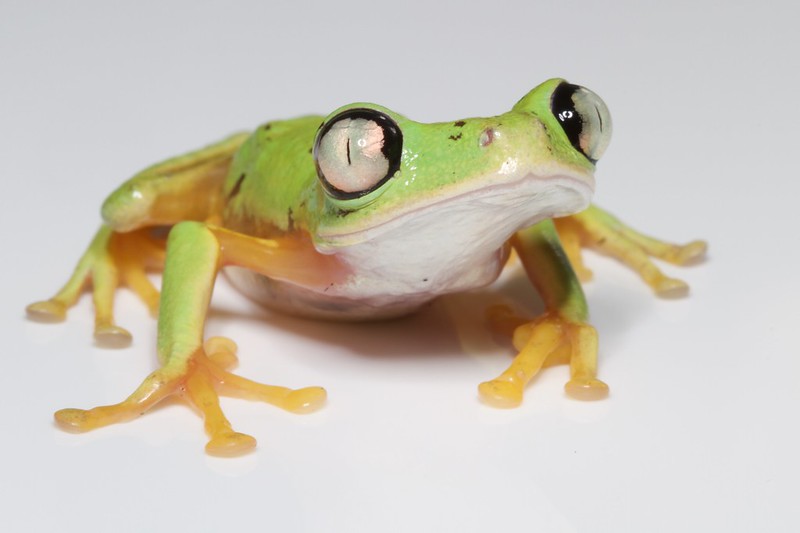
Nestled deep within the rainforests of Costa Rica and Panama, the Lemur Leaf Frog is a master of camouflage. This small, lime-green amphibian is known for its slender body and striking orange eyes. By day, it clings to leaves, blending into the lush environment, but at night, it becomes more active, showcasing its vivid colors. Unlike many other frogs, it depends on a single species of tree for breeding, making it particularly vulnerable to habitat loss. Interestingly, it can remain completely still for hours, almost appearing like part of the plant. Unfortunately, despite its adaptive nature, this frog faces threats from deforestation and climate change.
Poison Dart Frog (Dendrobates tinctorius)
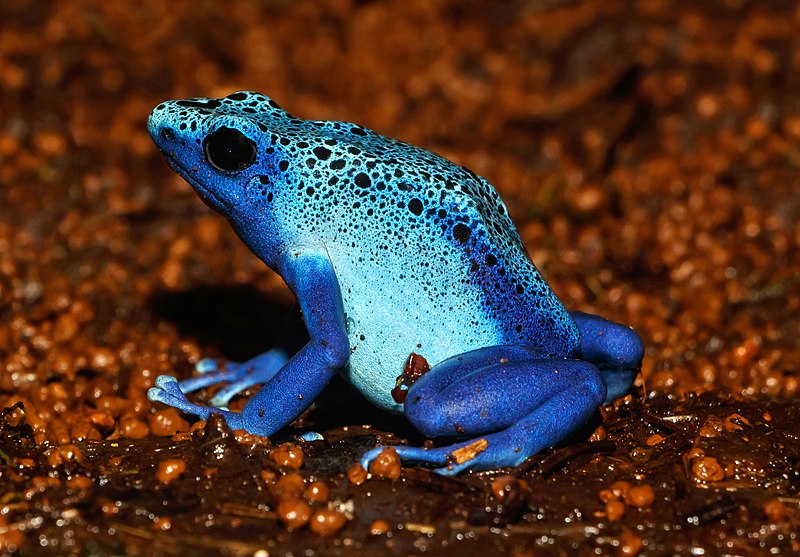
Bright and deadly, the Poison Dart Frog is a remarkable species found in the rainforests of South America. Its brilliant blue and yellow colors serve as a warning to predators that it is highly toxic. These frogs secrete toxins through their skin, a defense mechanism they’ve evolved from their diet of ants and other small invertebrates. Indigenous tribes have long used the frog’s poison to tip their blow darts, giving the species its unique name. While small in size, typically no more than a few centimeters, their impact on their ecosystem is profound. Although strikingly beautiful, their populations are at risk due to habitat destruction and illegal pet trade.
Golden Mantella (Mantella aurantiaca)
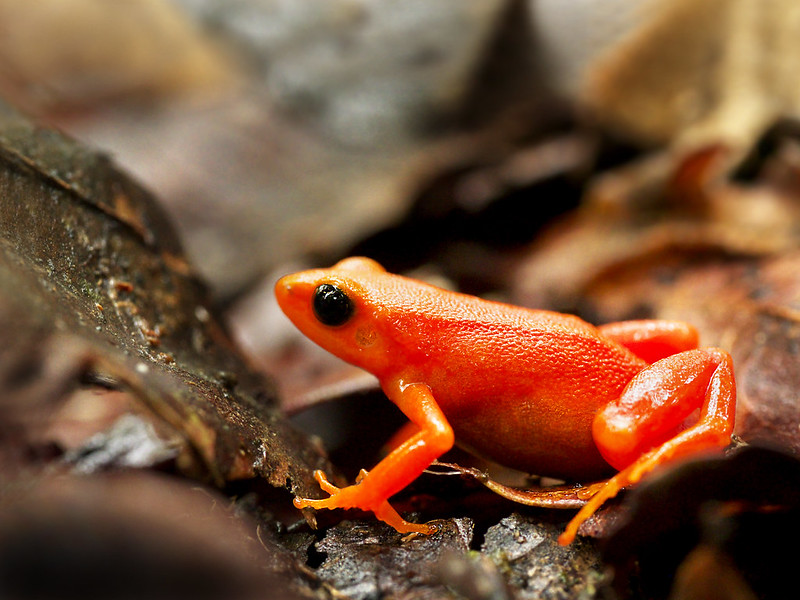
The Golden Mantella calls the rainforests of Madagascar its home, a vibrant jewel hidden in the undergrowth. Its shimmering yellow-orange skin makes it stand out against the green backdrop of its surroundings. Unlike other frogs, it lives on land and spends much of its time in leaf litter, avoiding water except during the breeding season. The Golden Mantella is diurnal, meaning it is active during the day, which allows it to soak up the warmth of the tropical sun. Unfortunately, this bright amphibian faces threats from deforestation and illegal pet trade. Conservation efforts are critical to preserving its dwindling populations.
Harlequin Toad (Atelopus varius)

Once widespread in Central and South America, the Harlequin Toad now teeters on the brink of extinction. Its vibrant, multi-colored patterns of yellow, green, and black make it a striking sight in the jungles where it thrives. Known for their remarkable ability to move gracefully, these toads are often seen hopping between streams and rocky surfaces. Despite its resilience, the species has suffered greatly from fungal diseases like chytridiomycosis. Researchers have been studying ways to reintroduce captive populations back into their native habitats. While still rare, the Harlequin Toad’s future depends heavily on these conservation efforts.
Axolotl (Ambystoma mexicanum)
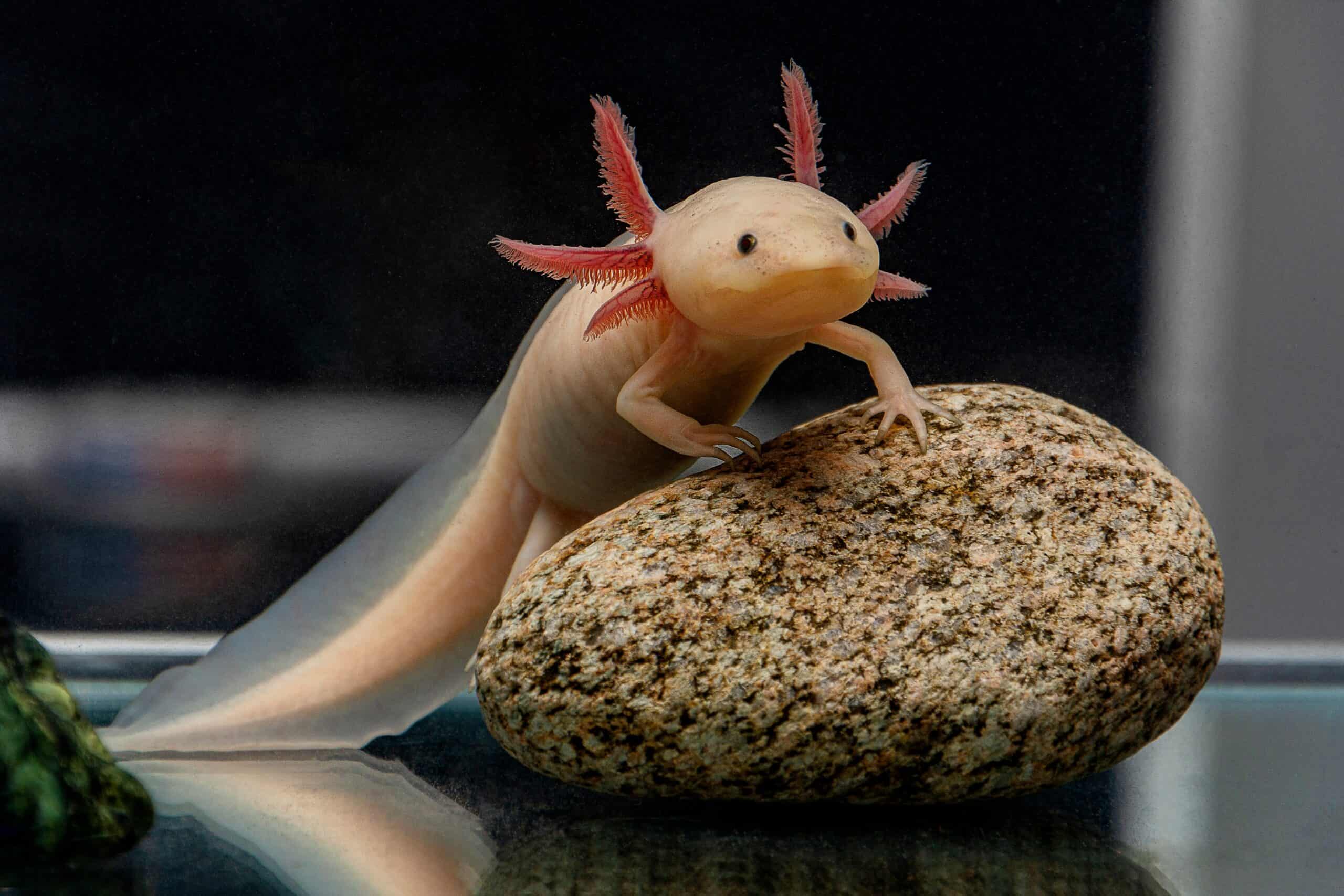
Although more commonly associated with Mexico’s lakes, the Axolotl is occasionally found in remote jungle streams. Famous for its regenerative abilities, this amphibian can regrow limbs, heart tissue, and even parts of its brain. Its unique appearance, with external gills and a salamander-like body, makes it look almost otherworldly. Unlike most amphibians, the Axolotl remains in its larval stage throughout its life, a phenomenon known as neoteny. Though it has fascinated scientists for decades, its natural habitat has been shrinking, and it’s now critically endangered. Conservation projects are underway, but the Axolotl remains a symbol of fragility in changing ecosystems.
Glass Frog (Hyalinobatrachium fleischmanni)
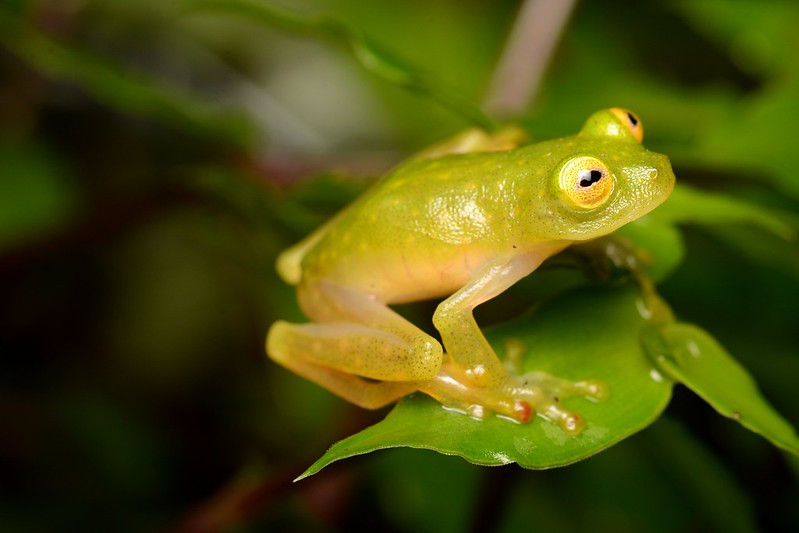
True to its name, the Glass Frog has translucent skin, allowing you to see its organs through its belly. Found in the rainforests of Central and South America, this frog prefers to live near streams, where it lays its eggs on the underside of leaves. Males fiercely guard their offspring, ensuring predators don’t snatch away their unhatched young. Despite their delicate appearance, Glass Frogs are agile jumpers, leaping from leaf to leaf with precision. Habitat loss due to agriculture and deforestation, however, threatens their survival. Their transparent nature makes them a fascinating example of amphibian adaptation.
Vietnamese Mossy Frog (Theloderma corticale)
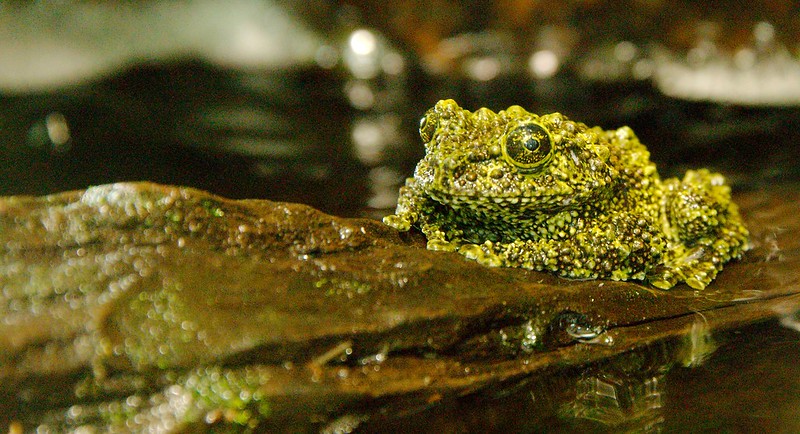
Camouflaged perfectly against the mossy rocks of its native Vietnamese rainforests, the Mossy Frog is a master of disguise. Its bumpy, green-and-black skin makes it nearly impossible to spot in its natural habitat. During the day, it remains motionless, blending into the environment, while at night it comes alive, feeding on insects. This frog’s skin also helps it retain moisture, allowing it to thrive in humid conditions. Unlike many amphibians, it can spend significant time in both land and water environments. Though its habitat remains relatively untouched, the growing amphibian trade poses a new threat to this elusive species.
Malagasy Rainbow Frog (Scaphiophryne gottlebei)
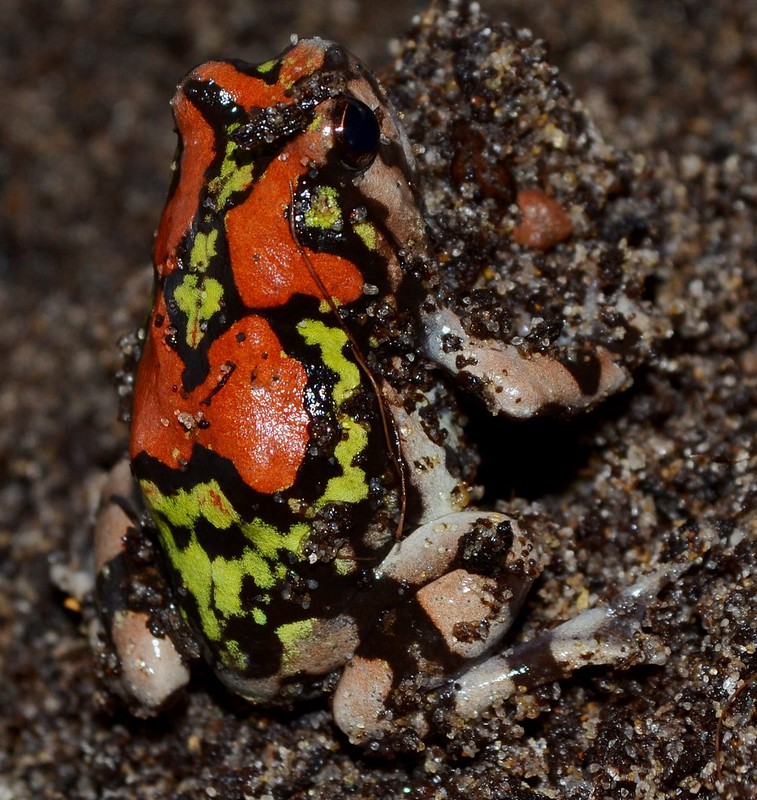
One of Madagascar’s most colorful amphibians, the Malagasy Rainbow Frog boasts red, green, and white stripes that shimmer in the jungle light. Known for its burrowing abilities, this frog spends much of its life hidden underground. When it does emerge, particularly during the rainy season, it moves quickly across the rocky terrain, evading predators with ease. Its bold colors, while beautiful, also serve as a warning to potential threats that it may not be an easy meal. Sadly, deforestation in Madagascar continues to impact its natural habitat. Conservationists are working hard to protect this striking amphibian from further decline.
Chinese Giant Salamander (Andrias davidianus)
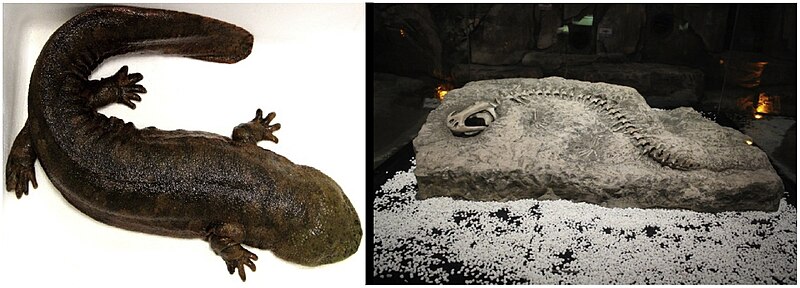
The Chinese Giant Salamander is one of the largest amphibians in the world, growing up to six feet in length. Found in the forested rivers and streams of China, this massive salamander is perfectly adapted to life in cold, fast-moving waters. Its wrinkled skin helps it absorb oxygen directly from the water, while its nocturnal habits keep it safe from predators. Sadly, overfishing and habitat destruction have decimated its populations, and it is now critically endangered. Conservation breeding programs are underway to protect this ancient species. As a relic from the time of the dinosaurs, the Giant Salamander’s survival is critical for biodiversity.
Purple Frog (Nasikabatrachus sahyadrensis)
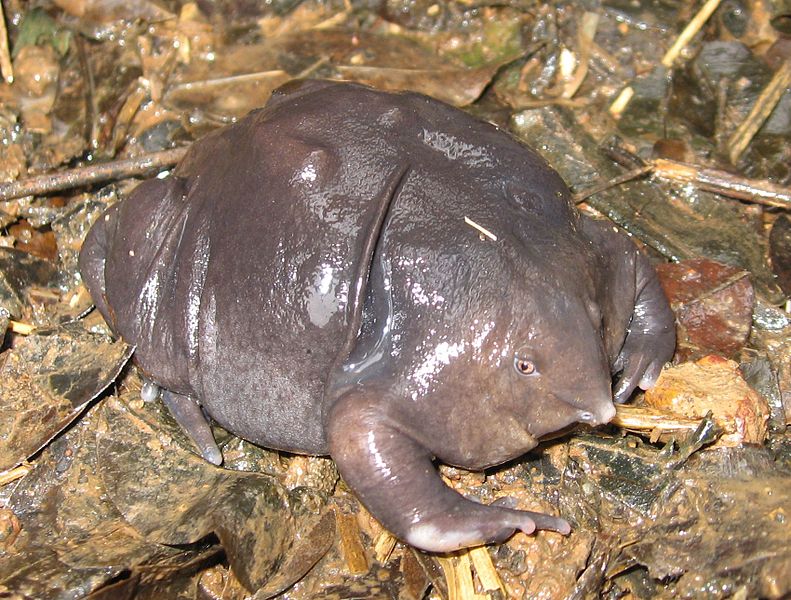
Hidden in the Western Ghats of India, the Purple Frog spends nearly its entire life underground. Emerging only for a few days each year to breed, this frog is a mysterious and rare sight. Its bloated, purple body and small head give it a unique, almost otherworldly appearance. It uses its pointed snout to dig through the soil in search of termites, its primary food source. Despite its subterranean lifestyle, habitat destruction and deforestation threaten this unusual amphibian. Scientists are still uncovering the secrets of this elusive creature, which has captured the fascination of herpetologists around the world.
Reticulated Glass Frog (Hyalinobatrachium valerioi)
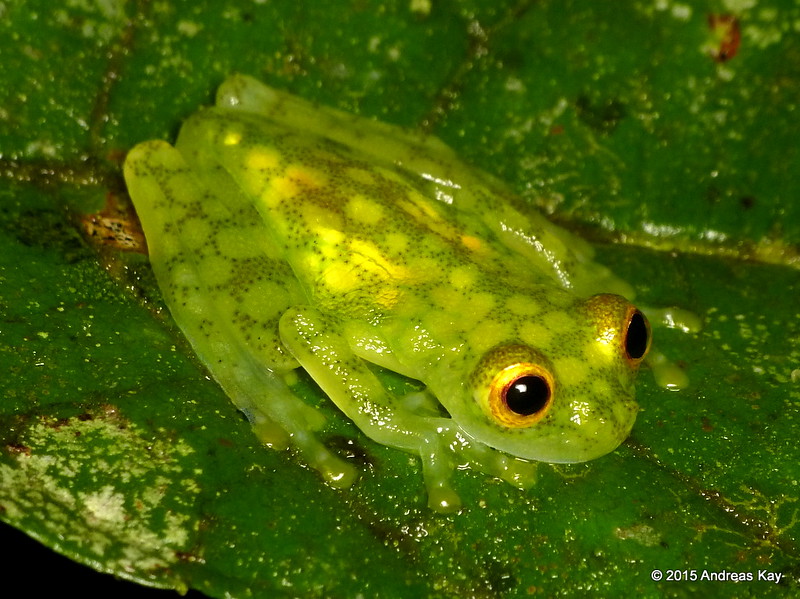
The Reticulated Glass Frog, native to the rainforests of Costa Rica, is easily identified by its intricate, net-like pattern on its back. Its translucent belly reveals the heart, liver, and intestines, giving it an almost ghostly appearance. Preferring life in the trees, these frogs live near streams, laying their eggs on leaves suspended over the water. Males take on the role of protectors, guarding the eggs until they hatch. While their appearance is mesmerizing, their populations are threatened by habitat loss and pesticide use. Conservation efforts are crucial for ensuring the survival of this rare and beautiful frog.
Panamanian Golden Frog (Atelopus zeteki)
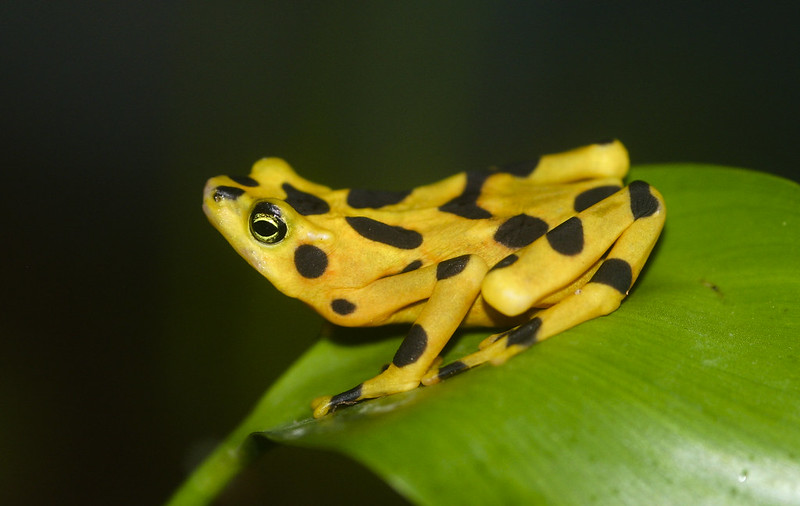
Endemic to the jungles of Panama, the Panamanian Golden Frog is a national symbol, revered for its vibrant yellow color and elegant form. Though it looks like a typical frog, it’s technically a toad, known for its unusual form of communication—using hand-waving gestures in place of calls to attract mates. This adaptation allows it to communicate in noisy environments, like waterfalls. Once abundant, its populations have been decimated by a fungal disease called chytridiomycosis. Conservationists are racing against time to breed and reintroduce this iconic species into the wild. Despite the challenges, it remains a symbol of hope for amphibian conservation.
Amazon Milk Frog (Trachycephalus resinifictrix)

High in the canopies of the Amazon rainforest, the Amazon Milk Frog can be found perched on tree branches, hiding among the leaves. Named for the milky secretions it produces when threatened, this frog is both striking and elusive. Its gray and white marbled skin provides the perfect camouflage against tree bark, keeping it safe from predators. Though primarily arboreal, it descends during the rainy season to breed in temporary pools of water. The Milk Frog plays a crucial role in the ecosystem by controlling insect populations. However, deforestation in the Amazon basin threatens its habitat, putting its future at risk.
Wallace’s Flying Frog (Rhacophorus nigropalmatus)
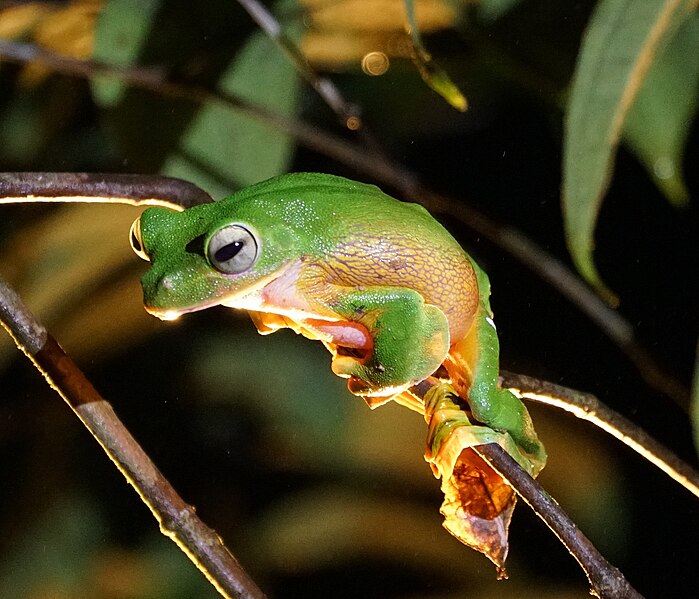
Known for its remarkable gliding ability, Wallace’s Flying Frog soars from tree to tree in the rainforests of Southeast Asia. Its large, webbed feet and long limbs enable it to glide for several meters in search of food or to escape predators. Its bright green color with black webbing helps it blend into the jungle canopy. Unlike many other frogs, Wallace’s Flying Frog builds foam nests in tree branches, where its tadpoles develop before dropping into the water below. The frog’s incredible mobility allows it to explore wide areas of the forest, though habitat destruction remains a constant threat. Conservation programs are underway to protect this unique species.
Purple Harlequin Toad (Atelopus barbotini)
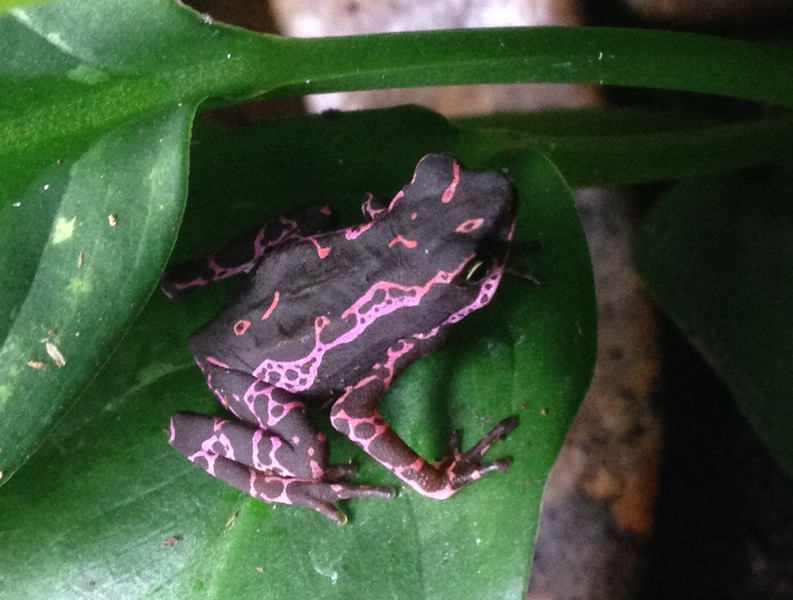
The Purple Harlequin Toad, native to the jungles of French Guiana, is a brightly colored amphibian with striking purple and orange markings. Known for its agility, it moves swiftly between rocks and leaves, often near fast-moving streams. This toad is highly sensitive to environmental changes, making it a key indicator species for ecosystem health. Unfortunately, like many other amphibians, it is threatened by disease, specifically chytridiomycosis. Scientists have launched breeding programs to help protect the species from extinction. Despite the challenges, the vibrant colors of the Purple Harlequin Toad continue to dazzle those lucky enough to encounter it in the wild.
This article originally appeared on Rarest.org.
More From Rarest.Org
When it comes to luxury eyewear, the right pair of frames can elevate your style and make a lasting impression. These coveted brands stand out not just for their high-quality craftsmanship but for their unique designs and attention to detail. Read more.
Many anime series fade into obscurity over time, overshadowed by bigger titles and new releases. However, some of these hidden gems still manage to capture the hearts of dedicated fans, who remain loyal to the stories and characters long after they’ve left the spotlight. Read more.
For the world’s wealthiest, luxury resorts offer more than just a place to stay, they provide an unparalleled escape where every need is anticipated, and privacy is guaranteed. From private islands to sprawling desert retreats, these exclusive destinations cater to those who seek indulgence in the world’s most breathtaking locations. Read more.



